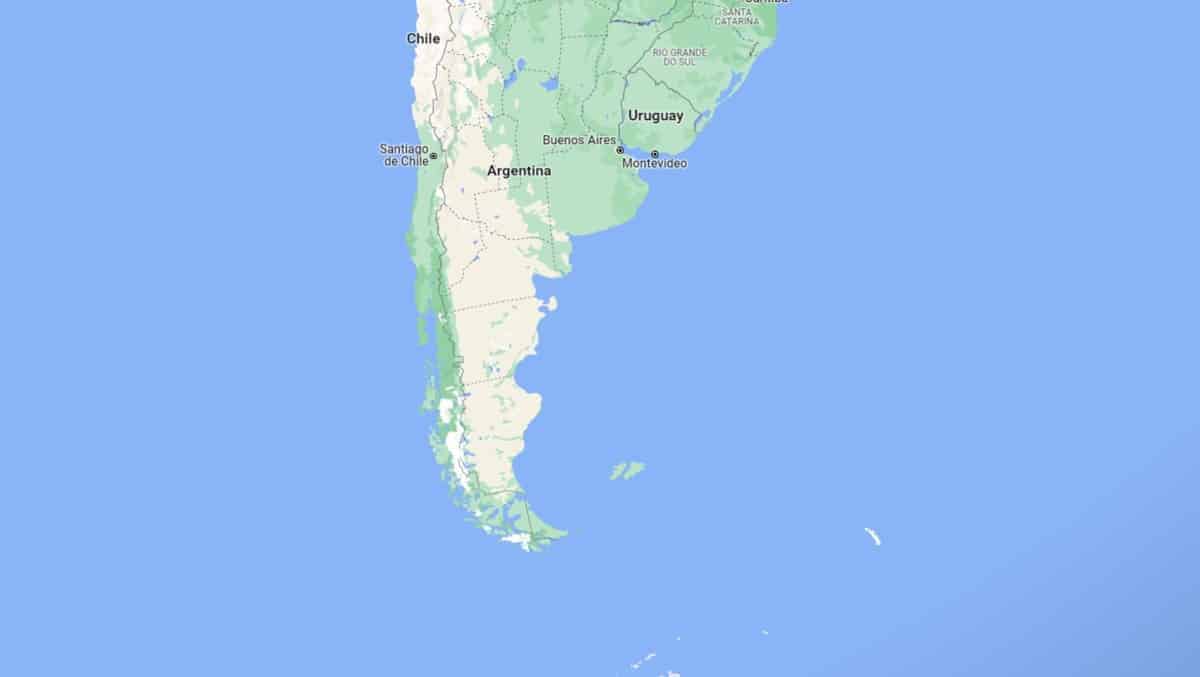As an Amazon Associate, we earn from qualifying purchases. We may also earn commissions if you purchase products from other retailers after clicking on a link from our site.
I started my sailing career thinking that it was all about relaxing, enjoying good weather and sunsets. I was very, very wrong! I soon realized that offshore sailing isn’t just hard work, it can also be very dangerous. There is a point in time when a sailor realizes he or she is just a tiny blip on the ocean.
Today I want to talk about some of the most dangerous places to sail in the world!
Here are 10 of the most dangerous places to sail in the world:
- Bay of Biscay
- Point Conception
- Cape of Good Hope
- Cape Horn
- Gulf of Guinea
- Gulf of Arden
- Strait of Malacca
- Margarita Island (Isla de Margarita)
- Intertropical Convergence Zone (ITCZ)
- Bermuda Triangle
In the rest of this article, I will go into more depth on why these ten places are hazardous for sailing and some common dangers sailors face. I will also answer whether or not it is safe to sail the Caribbean.
10 Places To Avoid When Sailing Around the World
I’ve told you the 10 places to avoid when sailing the globe. Let’s now take a look at why you should avoid these spots and when it may be safe to visit or travel through.
1. Bay of Biscay
Known by sailors as “the Valley of Death,” the Bay of Biscay lies along the west coast of France and the north coast of Spain. It is famous for its violent storms and rough seas.
The terrible weather results from the intersection of the low-pressure area of the North Sea and the high-pressure areas of the Azores High. The continental shelf also goes deep into the Bay, creating large swells.
If you decide to sail the Bay of Biscay, the best time to set sail is during early summer, when the weather is the calmest. Do not cross the Bay of Biscay during fall and winter because with winter comes some of the fiercest and gruesome storms you will ever experience.
2. Point Conception
Located along the California coast, Point Conception is where the Santa Barbara Channel meets the Pacific Ocean. It is rated as one of the top 3 most dangerous places in the world to sail!
The weather and swells at Point Conception are highly unpredictable, with winds sometimes increasing by over 30 knots (35 mph) in seconds. Even experienced sailors have trouble sailing around the area as a man died after falling off a boat near Point Conception in early 2021.
If you still want to sail along Point Conception, it’s best to attempt at night, as the winds tend to be calmer than during the day. In addition to experience, you must also have the belief that you can successfully sail across the dreaded Point Conception.
3. Cape of Good Hope
Originally called the “Cape of Storms,” the Cape of Good Hope rounds the southern tip of South Africa. The Atlantic Ocean meets the Indian Ocean here, creating vicious waves that have caused many shipwrecks.
The offshore wind patterns in the Cape of Good Hope mean that the wind blows in different directions during different times of the year. During the summer months, the winds blow from the southeast and in the winter months, from the northwest.
The best time to sail is when the weather is calmer, but the waves will always be vicious. To help find the best times to sail, the South African weather service provides 2- to 3-day forecasts.
4. Cape Horn
At the southernmost headland of Chile’s Tierra del Fuego archipelago, Cape Horn was first identified by sailors with the Dutch East India Company in 1616.
Cape Horn is extremely rocky, and the ocean floor drastically rises by about 12,870 feet (~3,922 meters) in a very short distance. The change in elevation, rocky terrain and powerful westerly winds create the massive waves known to Cape Horn.
Despite the poor weather conditions, Cape Horn is home to many of the world’s yacht races. Sailing Cape Horn has almost become a “rite of passage” to experienced sailors.
The best time of year to sail around Cape Horn is between December and February, or the Chilean summer months. The temperatures in the area are generally better, and storm activity is normal.
5. Gulf of Guinea
The Gulf of Guinea is the northeasternmost part of the tropical Atlantic, going from Gabon in the north to Liberia in the west. You are most likely to come across piracy when you sail the Gulf of Guinea.
According to the International Chamber of Commerce (ICC), 43% of all reported piracy incidents in the first three months of 2021 happened in the Gulf of Guinea.
While pirates mainly target tankers and cargo ships in the Gulf of Guinea, no one is entirely safe. If you choose to sail in the Gulf of Guinea, ensure you stay safe and follow the protocols you decide on before setting sail.
6. Gulf of Aden
The original piracy hotspot, the Gulf of Aden, lies between the African continent and Arab Peninsula, where the Red Sea and the Arabian Sea meet. A major global trade route, piracy still occurs on the Gulf of Aden, but not at the scale it used to.
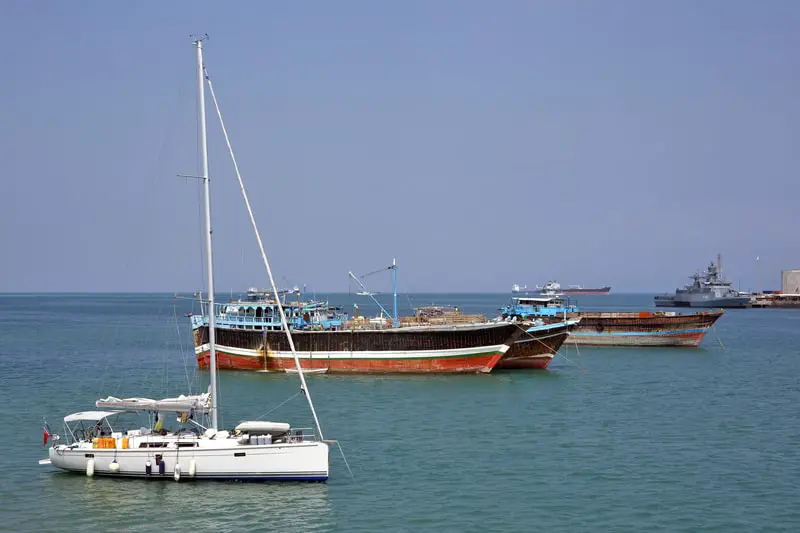
While it is highly recommended that sailboats and catamarans stay away from the Gulf of Aden as they are easy targets for pirates, some people still sail across these waters for either thrill or convenience.
7. Straits of Malacca
Yet another area rife with piracy, the Straits of Malacca lie between the Malay Peninsula and Sumatra. Its geography is very narrow, making it easy for pirates to ambush boats. Although, piracy has decreased in recent years due to better communication and coordinated patrols between governments along the Straits of Malacca.
Along with the narrow geography, floating debris, heavy traffic, and common lightning storms make the Straits of Malacca dangerous to sail.
8. Margarita Island (Isla De Margarita)
The largest island in the Venezuelan state of Nueva Esparta, Margarita Island is another hotbed of piracy. Situated below a hurricane belt, the sailing conditions at Margarita Island are perfect, and the beauty of the island itself is a natural draw to tourists.
Tourist yachts and sailboats generally have the least amount of protection. Hence, pirates in Margarita Island are most likely to attack when the boats get to shore. Be warned that these attacks can get violent and the pirates have a reputation for holding people for ransom.
If you choose to sail on Margarita Island, be very careful. There is some form of security at the marinas, but it is minimal and does not make much difference.
9. Intertropical Convergence Zone (ITCZ)
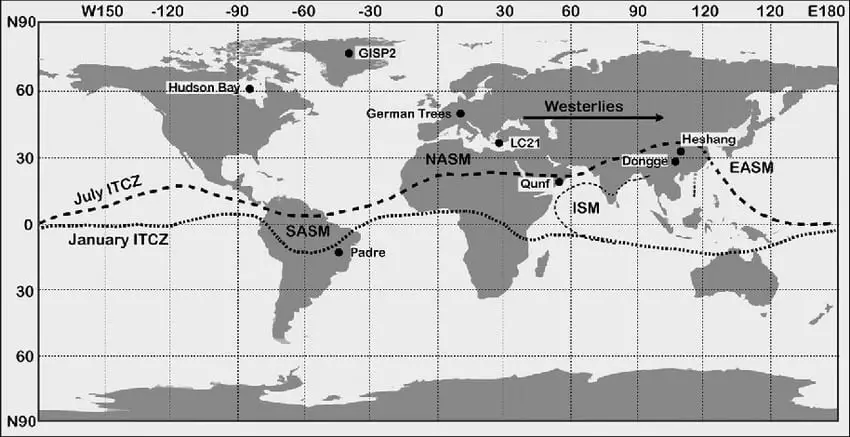
The Intertropical Convergence Zone (ITCZ), also known as the doldrums, is a belt surrounding the Earth near the equator, between 8° and 3° North. The northern and southern hemispheres’ trade winds coalesce at this belt, creating an area of low pressure and little wind.
Due to the lack of wind at the ITCZ, boats can get stuck in calm waters for weeks at a time, unable to move. In these situations, they may run out of food and drinking water.
Although the ITCZ is calm and windless for the most part, the weather can behave erratically, changing between different weather patterns like thunderstorms, strong winds, and even electrical storms.
10. Bermuda Triangle
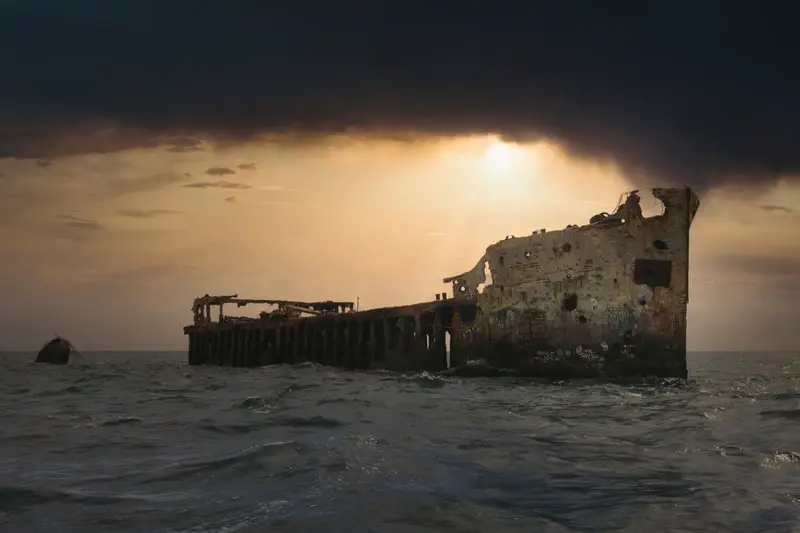
How can I create a list of dangerous places to sail without including the Bermuda Triangle?
Set in the Atlantic Ocean between Miami, Florida, Bermuda, and Puerto Rico, the Bermuda Triangle is home to numerous unexplained disappearances or accidents of planes and boats that travel through.
While some blame it on aliens, scientific and environmental factors are believed to play a part in the Bermuda Triangle’s fabled mysteries. According to the National Ocean Service, most Atlantic tropical storms and hurricanes go through the Bermuda Triangle. Also, many islands in the Caribbean Sea create shallow waters treacherous to pass.
Whether you believe in the supernatural power of the Bermuda Triangle or not, it has a history of being dangerous to sail through, so be careful if you choose to.
Different Types of Dangers When Sailing
Many dangers can occur when you sail. Some of these dangers you can control, while others you can’t. Here is a list of some dangers you may encounter while sailing and ways to combat the danger.
Piracy
The media sometimes skews the definition of “piracy.” The United Nation Convention of the Law Of the Sea (UNCLOS) defines piracy as “any illegal acts of violence or detention, or any act of depredation, committed for private ends by the crew or the passengers of a private ship or a private aircraft and directed on the high seas, against another ship or aircraft, or against persons or property on board such ship or aircraft.”
You can create a “piracy plan” or a plan of action on the chance you get robbed or kidnapped by pirates.
- Perhaps the most important thing for this plan to work is to assign roles to each crew member—that way, everyone knows exactly what to do if pirates attack.
- Make sure that your radio is preprogrammed to distress frequencies.
- After creating a piracy plan, ensure that the route you plan on taking does not go through areas of high piracy.
- Maintain a good watch at sea. If you can, use your radar’s tracking feature for early detection.
Weather
You can experience many weather-related dangers while sailing, from squalls to hurricanes to sunburns.
Squalls
The National Oceanic and Atmospheric Administration (NOAA) defines a squall as “a strong wind characterized by a sudden onset in which the wind speed increases at least 16 knots (18 mps) and is sustained at 22 knots (25 mps) or more for at least one minute.” Heavy rains usually occur during a squall as well.
If a squall hits, the first thing you should do is reef your sail as wind speeds can increase up to 50% higher than the prevailing conditions. You should also ensure everything on deck and in the cockpit is secured tightly.
Hurricanes, Typhoons, and Cyclones
Hurricanes, typhoons, and cyclones are all the same storm; the only difference is their location on the globe. If caught in one of these storms, the general best course of action would be to head for land. But, it can also be very dangerous on land if in a port with little protection.
If you have to face a storm at sea, go to where the sea is calmest, and try to stay far away from obstacles.
If you have enough warning before the storm strikes, ensure that everything is well secured.
Sunlight and Sunburn
Even when the sea is calm, the weather can be dangerous. The sunlight reflects off the water, thus giving you a higher dosage of the sun. Also, with the wind “cooling” you down as you sail, you don’t notice the amount of sunlight you are receiving.
How do you combat this? Why by wearing sunscreen and protective clothes of course!
Collisions With Other Boats or Vessels
It’s not uncommon to accidentally collide with other objects while sailing. The winds may blow you off course, or you may not be paying close enough attention. It’s especially common at night or when visibility is low, usually it’s only a log or a fishing line. But there is also a risk of hitting coral reef or something similar, specifically in the Bahamas.
The best way to combat collisions is to be vigilant of your surroundings. Using radar is also a great way to avoid collisions with other boats, especially in highly trafficked areas.
Is It Safe To Sail the Caribbean?
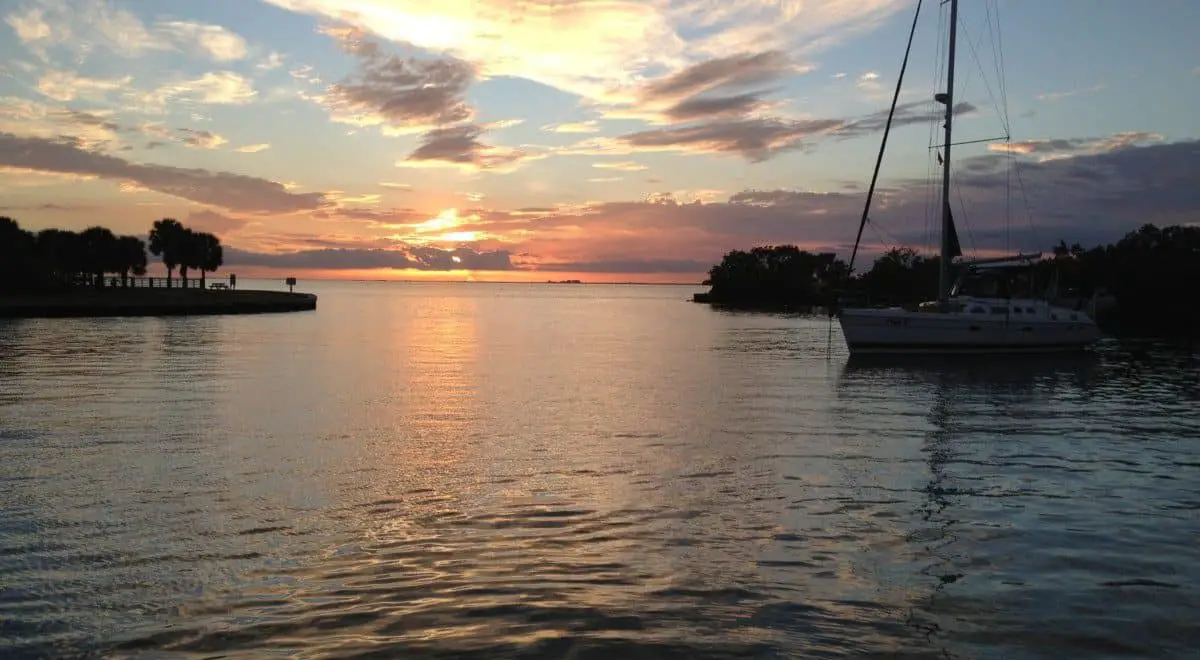
With coral reefs, clear waters, and near-perfect weather conditions, you can see why people enjoy sailing along the Caribbean. But is it safe?
Overall, it is safe to sail in the Caribbean. There is always danger involved, similar to sailing in other areas, but you are generally close to aid. Petty thefts may occur, but it is rare to meet pirates or hazardous weather conditions.
Although a generally safe place to sail, it is advisable to be prudent and have plans in place in case of bad weather or other unexpected outcomes. The best part about sailing the Caribbean is that you are often close enough to a country that will send aid if something were to happen.
There are still times of the year that aren’t great to sail the Caribbean, thanks to the higher probability of storms (hurricane season is between June 1 and November 30).
Spring (December through early June) is the best season to sail along the Caribbean. Both thunderstorms and hurricanes are rare during this time, and if they do occur, they’re often light and short-lasting.
September is the worst month to sail the Caribbean, as the weather can be severe and prone to massive thunderstorms. That being said, you can still sail in the Caribbean during September, but be aware of the higher chance of getting caught in a storm.
Sources
- News Channel 3-12: Man pronounced dead after falling off sail boat near Point
- ICC: Gulf of Guinea remain’s world’s piracy hotspot in 2021, according to IMB’s latest figures
- National Ocean Service: What is the Bermuda Triangle?
- Onboard SOS Mediterranee: Article 101: Definition of piracy
- Sail Magazine: Squall Strategies

